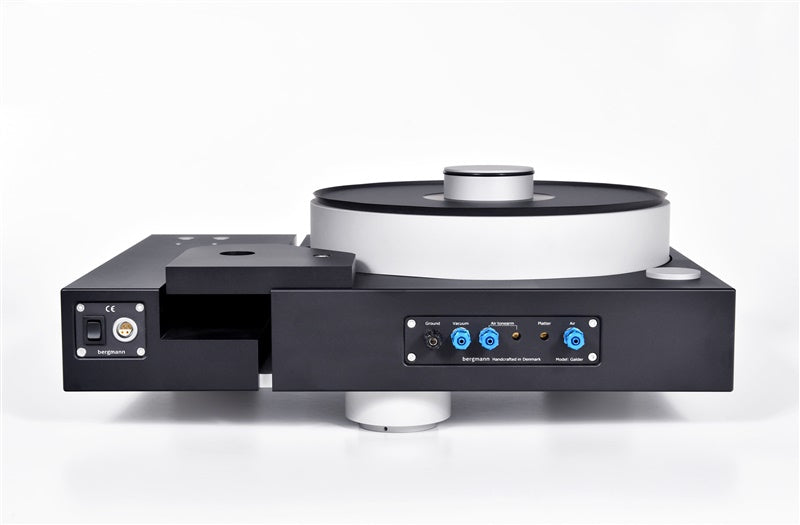@Folsom LOL
Wait for me selling all the toilet paper I have, then my budget will be 11/10
The fully equiped version (copper platter, vacuum hold down, Odin tonearm) costs around 27K euros inc. VAT, no one with that budget will notice a 1-2K increase for the fancier box
@asiufy That wouldn't be a bad idea, I hope he and I enjoy the best possible health so I can have time to save enough money, at the moment I can only buy a record mat
Wait for me selling all the toilet paper I have, then my budget will be 11/10
The fully equiped version (copper platter, vacuum hold down, Odin tonearm) costs around 27K euros inc. VAT, no one with that budget will notice a 1-2K increase for the fancier box
@asiufy That wouldn't be a bad idea, I hope he and I enjoy the best possible health so I can have time to save enough money, at the moment I can only buy a record mat








